Science and technology are changing every day, reshaping every area of life and production.
In that flow, Vietnam is gradually affirming its role through Vietnamese initiatives and scientific works, while at the same time promoting connections with the international scientific community.
The issuance of Resolution No. 57 by the Politburo on breakthroughs in science, technology, innovation and national digital transformation has created a strong driving force for the process of accessing new knowledge, new technology and sustainable development of the country.
From attracting Vietnamese scientists living, researching and working abroad to international experts, linking research with prestigious institutes and schools, building a global innovation network, the Resolution opens a new stage of development, bringing Vietnamese science and technology to the regional and world level.
Overseas intellectuals - Strategic resources
Evaluating Resolution 57, many overseas Vietnamese believe that the Resolution is an important driving force to help Vietnam rise up and develop. The overseas intellectual force is a potential human resource in the process of Vietnam rising up and developing with the world.
Chairman of the Association of Vietnamese Intellectuals in Japan, Dr. Le Duc Anh, stated that young intellectuals and students studying in Japan can become “knowledge ambassadors,” bringing to Vietnam not only new technology and new knowledge, but also new thinking and modern approaches, contributing to connecting and attracting technological resources and investment from Japan to Vietnamese enterprises.
To effectively promote this young resource, according to Dr. Le Duc Anh, the State needs to build flexible mechanisms to create conditions for young intellectuals, even though they are abroad, to still be able to participate in the process of developing science and technology in the country.
Along with that, there needs to be a policy to support research, encourage cooperation between Vietnam and other countries, and establish a funding fund so that Vietnamese scientists abroad can coordinate research with domestic colleagues.
At the same time, building a network of overseas experts and promoting technology investment from foreign enterprises in Vietnam is extremely necessary.
Dr. Le Duc Anh also believes that Vietnamese experts working at large corporations in Japan are a strategic bridge, contributing to deepening the scientific and technological cooperation relationship between Vietnam and Japan; thereby promoting the country's development in the new era.
Realizing global cooperation
Vietnam currently has scientific and technological cooperation relations with nearly 70 countries, owns more than 80 scientific and technological agreements at the Government and ministerial levels; at the same time, is a member and partner of hundreds of prestigious research organizations, institutes and schools in the world.
A series of effective models of cooperation in scientific research, technology and innovation have been implemented, from scholarship programs, joint institutes and schools, to technology transfer projects and research centers in cooperation with leading countries. This is not only a “door” to knowledge, but also a “bridge” to bring Vietnamese intelligence to the world.
In Hanoi, the “Australia-Vietnam Strategic Technology Center,” an important link in the comprehensive cooperation relationship, especially in the field of science, technology and innovation between Vietnam and Australia, has just been inaugurated.
Located at the University of Posts and Telecommunications (PTIT), the center was built through a cooperation agreement between the Australian Department of Foreign Affairs and Trade and the Vietnamese Ministry of Science and Technology, with technical support from Nokia Corporation and expert coordination from the University of Technology Sydney.
With an initial funding of more than AUD 2.1 million, the centre aims to foster next-generation research from 5G/6G, cyber security, artificial intelligence, to satellite technology, helping to create a foundation for strong digital transformation.
The Australia-Vietnam Strategic Technology Center is a model to realize the spirit of Resolution 57 by attracting international experts, building a center that meets global standards, and deeply connecting the science and technology ecosystem between countries.
With an open, interdisciplinary and in-depth approach, it is creating a foundation for Vietnam's science, technology and innovation sector to deeply integrate and reach out, contributing to making knowledge a direct productive force in the new development stage.
According to Mr. Nguyen Diep, Director of the Australia-Vietnam Strategic Technology Center, global research cooperation is a key factor in the development of modern science and technology. Therefore, the Governments of Vietnam and Australia have supported the establishment of the Australia-Vietnam Strategic Technology Center with the aim of creating conditions for scientists from both countries to develop technologies that are both suitable for bilateral interests and have a global vision. This is a model to realize Resolution 57, creating an environment to attract international experts and promote highly applicable research in Vietnam.
Giving a specific example of artificial intelligence (AI) technologies - a field that is developing strongly but poses many challenges regarding security and user privacy, Mr. Nguyen Diep said that the application of technology must be accompanied by a risk control mechanism, ensuring network security and personal rights. Similarly, in the process of national digital transformation, 5G is considered a strategic infrastructure, but also poses high requirements for information safety and security.
The challenge is how to deploy these advanced technologies effectively while still controlling potential risks. Therefore, through international cooperation, these problems are expected to be solved with the joint efforts of countries and partners.
Another goal of the Center is to support Vietnam and its partners to quickly access the world's most advanced technologies such as quantum technology in information security or space technology applied in production and life.
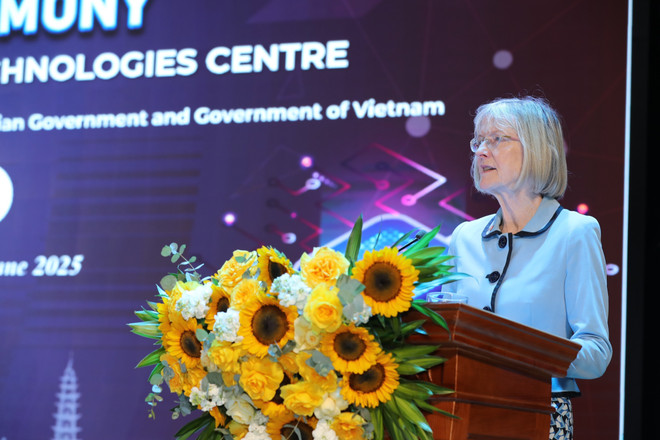
According to Ms. Gillian Bird, Ambassador Extraordinary and Plenipotentiary of Australia to Vietnam, long-term cooperation in many areas, especially science, technology and innovation, has become a strategic pillar within the framework of the Comprehensive Strategic Partnership between the two countries. Australia is proud to accompany Vietnam in promoting innovation and digital transformation, two essential factors for Vietnam's sustainable growth.
The Centre is a concrete demonstration of Australia’s commitment to supporting the development of science and innovation in Vietnam, through promoting strategic research and connecting Vietnamese institutions with Australia’s leading education, research and innovation networks.
Ambassador Gillian Bird affirmed that Australia wishes to accompany Vietnam in the implementation of Resolution 57, with the expectation of bringing about practical and measurable results that directly serve the country's scientific, technological and socio-economic development.
In addition, many other models have also shown remarkable effectiveness. The VinFuture Fund has attracted hundreds of the world's leading scientists to Vietnam. International universities such as Vietnam-Germany, Vietnam-Japan, and Hanoi University of Science and Technology have cooperated with the French Government to train thousands of highly qualified engineers and doctors.
The National Innovation Center is also playing the role of a focal point connecting Vietnamese technology enterprises with global corporations. All of these models clearly reflect the open cooperation mindset and substantive actions in the fields of science, technology and innovation, in line with the spirit set forth in Resolution 57.
Turning science and technology into a driving force for breakthrough development is not only a goal, but also a consistent strategy established in Resolution 57.
With the determination to deeply integrate, while proactively leading and creating national position, Vietnam is gradually realizing the dream of becoming a regional innovation center./.
Source: https://www.vietnamplus.vn/nghi-quyet-57-don-bay-dua-khoa-hoc-cong-nghe-viet-nam-hoi-nhap-va-dan-dat-post1049248.vnp




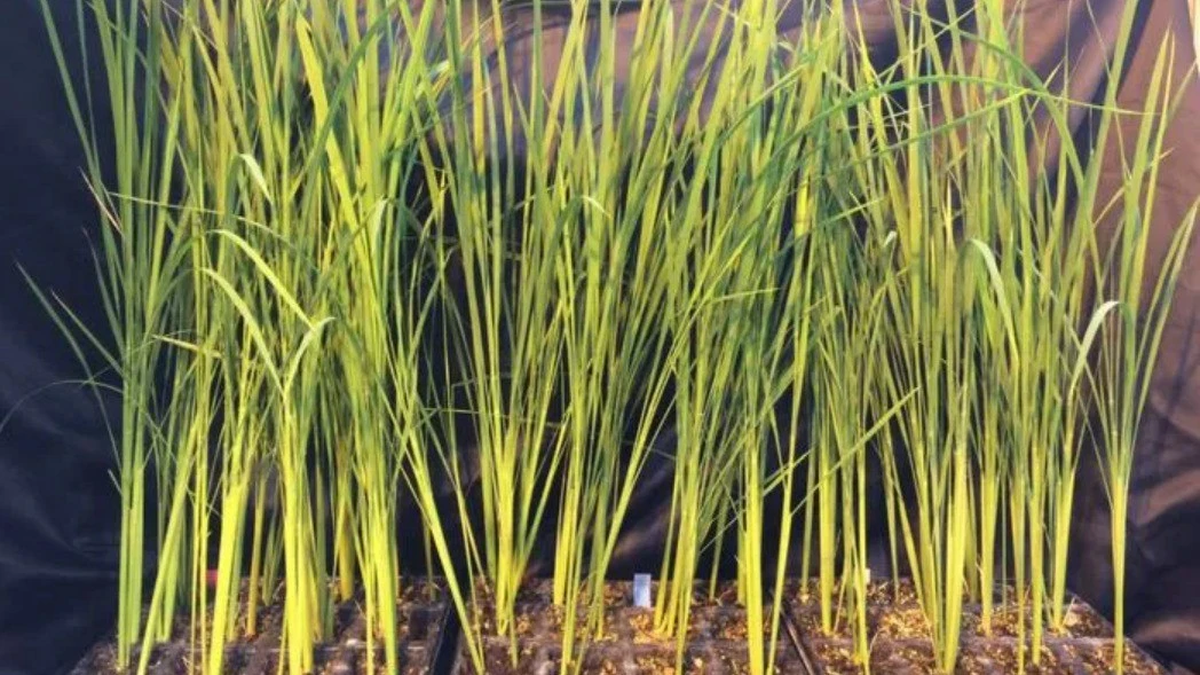
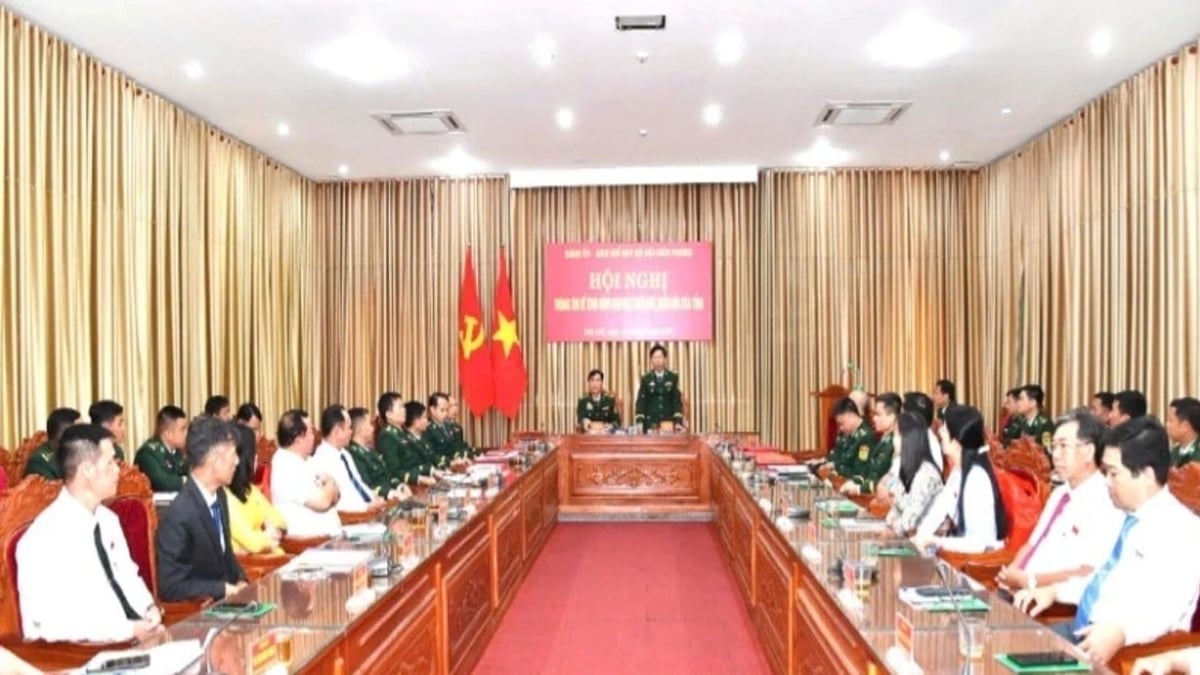
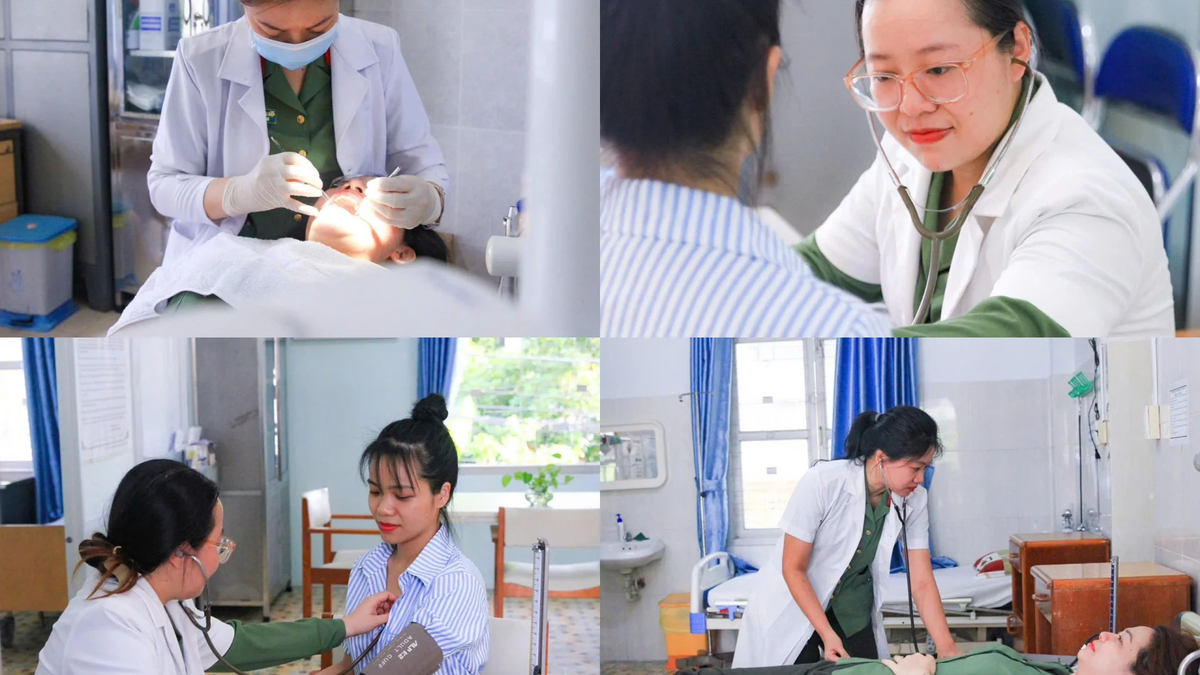



































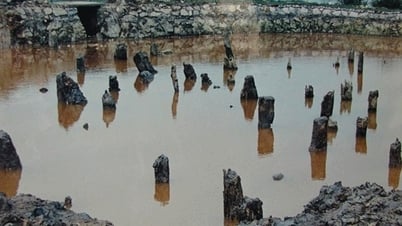



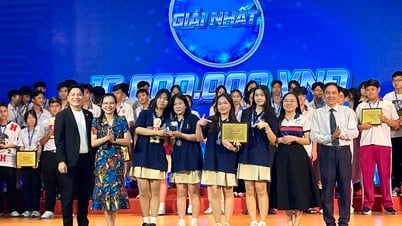

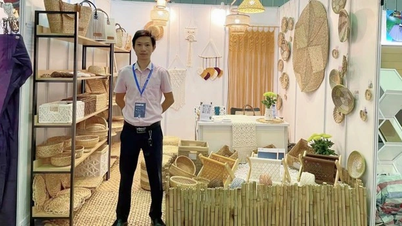
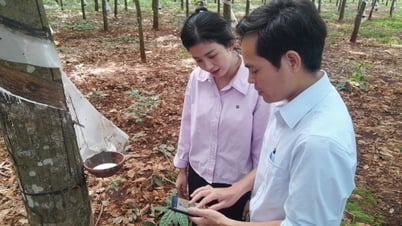

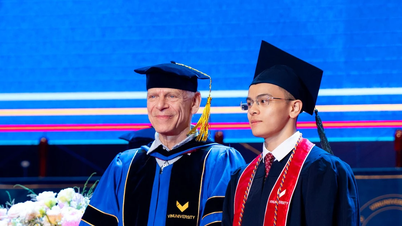
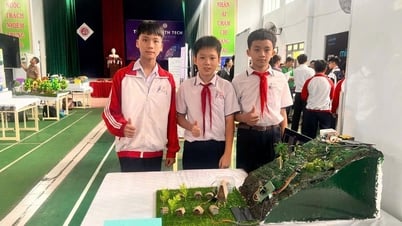








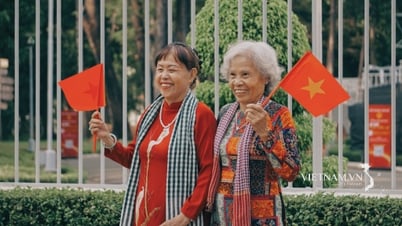




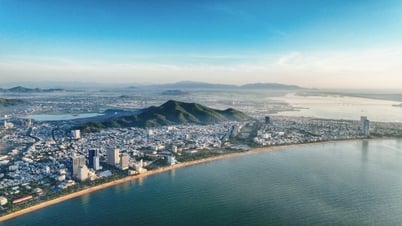








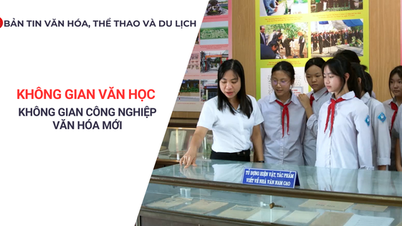
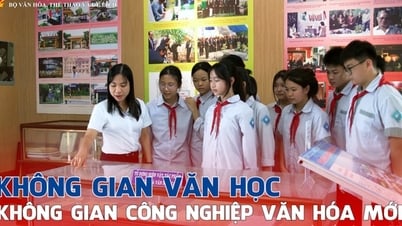
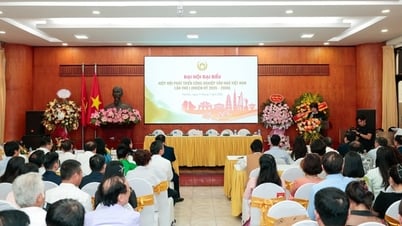






















Comment (0)